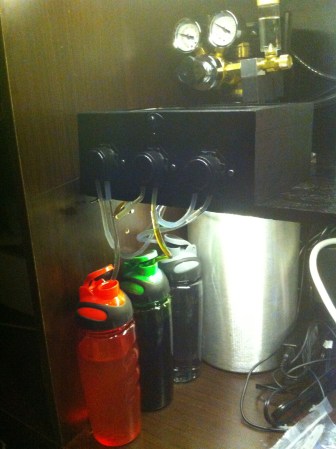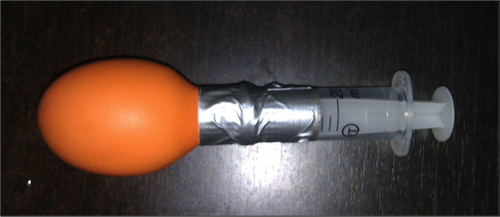
The Hackaday retro edition hasn’t been updated in a while, and for that I am very sorry. Still, digging through my email reveals quite a lot of very cool retro computers that were able to load the retro edition over the Internet, and it would be a terrible shame to let these awesome submissions die in my inbox. Without further adieu, here are the best retro computers that have been sent in over the last few months:
[Scott] got his Mac SE to load up the retro edition. This was a chore; after getting a serial connection from his SE to the outside world, [Scott] realized he didn’t have a browser on his retro mac. 800k drives are a pain, it seems. He eventually got everything running in a terminal session, and the retro edition loaded beautifully.
How about another Mac? This one is [Raymond]’s Mac II, the first not-all-in-one Macintosh. NuBus Ethernet card, Netscape 2.02, and 26 years of history behind this machine.
Here’s a weird one: it’s a Siemens interactive display originally used for a building management display. It has a 10 inch touch screen display at 640×480 resolution and runs Windows CE 5.0. After fiddling with some files, [Nick] managed to get the networking running on this machine and tried to load Google. Anyone who has played around with the class of machines we seen for retro submissions knows what happened next (nothing), but luckily [Nick] remembered Hackaday has a retro site. The rest is history.
[Kyle] has a really cool box on his hands. It’s a Compaq 486SX overclocked from 25MHz to 33MHz. 20 Megabytes of RAM, network card, and a Soundblaster 16 make this computer from 1993 a very respectable box for old DOS gaming. It can also browse the web with Arachne.
Finally, [cnlohr], the guy who made his own electron microscope never mind, he’s still awesome and can manufacture glass PCBs at home, found an old green screen CRT while cleaning out a friend’s place. He hooked it up to one of his glass PCB AVR microcontroller things and did the usual text terminal fare; ASCII Star Wars with telnet and using lynx to load up the retro site. It’s only a 48-column display, but the retro edition is surprisingly readable. Very cool.

















